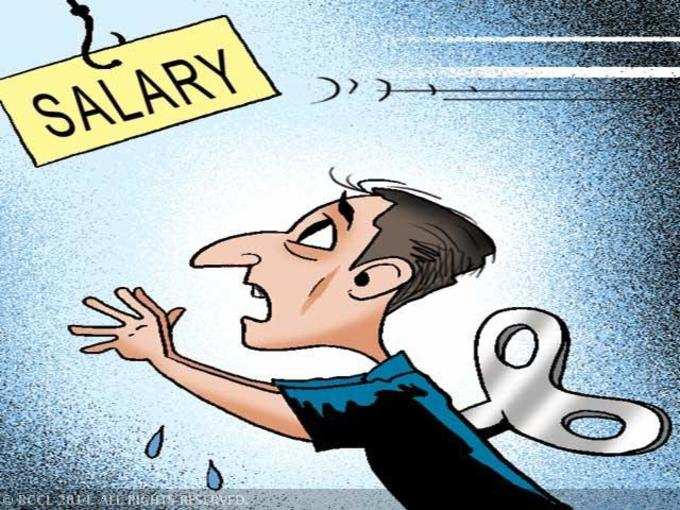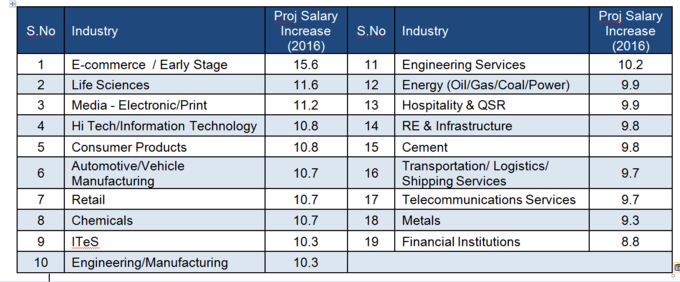
Indian companies are taking very clear steps to arrest the steady increase in compensation budgets, as is clear by the annual
“The lower
Sectors such as Life Sciences, Media, and Consumer Products are projecting a higher increase than the market average. These industries have also consistently led the

Increasing Focus on Talent and Merit
Over the last few years, while employee expectations have gone up, Aon Hewitt’s data shows that companies are managing these higher expectations carefully and are not getting swayed by it. The focus on performance differentiation is far higher with a larger proportion of budgets being allocated to higher performers.
Investing in key talent emerged as a major trend. Key talent would mean high potential and hot skills apart from high performers. The payout gap between an average performer and key skills is growing year on year. At 63%, this is the highest differentiation India Inc. has observed.
Additionally, in the last five years, the percentage of employees with top performance rating has dropped by close to 30%, implying that organisations are not hesitating to differentiate sharply on the basis of performance and are allocating the share of the total increase budget accordingly. India places 8.2% of its overall population at top rated. This number has significantly dropped in the last five years.
Anandorup Ghose commented, “At an average pay increase budget of 10.3% across India, HR managers will be pushed to ensure they are being more innovative and thoughtful in how they reward their top performers while ensuring they are able to retain and motivate the rest of the organization as well.”
Attrition rate at its lowest for five years
The attrition rate in India is dropping. At 16.3%, it is the lowest that corporate India has observed since the 2009 financial crisis. While attrition was controlled at a broader level, key talent attrition increased from 5.9% in 2014 to 7.3% in 2015. Increasingly organisations are developing separate retention plans and policies for their top talent. While Rewards continues as a retention tool to fence top talent, programs around leadership opportunities and coaching, overseas assignments, fast track programs for hi – potentials are fast gaining prominence.
Aon Hewitt is a global talent, retirement and health solutions business of Aon plc. The study, the largest of its kind in India, analysed data across 700 companies.
(Image credits, indiatimes, Aon Hewitt)